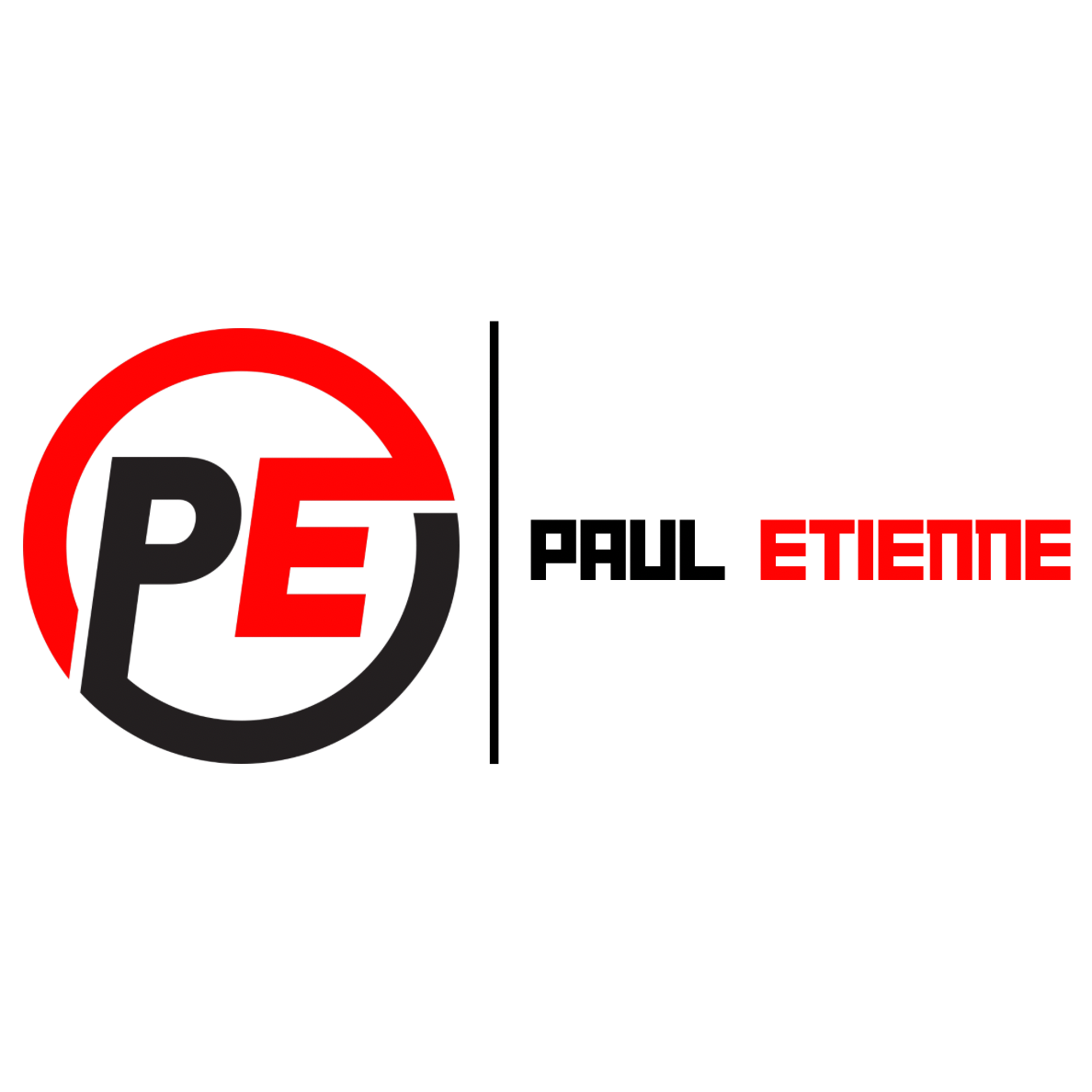Employee retention is a top priority for businesses aiming to maintain a stable and productive workforce. One effective strategy that has gained significant attention in recent years is the use of financial incentives. In this article, we will explore the role of financial incentives in boosting employee retention, with a focus on a real-life case study that demonstrates their effectiveness.
The Power of Financial Incentives in Employee Retention
Employee turnover can be costly for any organization. High turnover rates result in recruitment and training expenses, decreased productivity, and a loss of institutional knowledge. To combat this, companies are increasingly turning to financial incentives as a means to retain valuable talent. Here are some key ways in which financial incentives contribute to employee retention:
- Increased Job Satisfaction: Employees who feel financially rewarded for their efforts are more likely to stay with their current employer, leading to higher job satisfaction.
- Motivation and Performance: Financial incentives serve as motivators, encouraging employees to perform at their best to earn rewards.
- Attraction of Top Talent: Offering competitive financial incentives can attract top-tier talent, reducing the need for frequent recruitment.
- Fostering Loyalty: When employees see a direct link between their performance and financial rewards, they are more likely to remain loyal to the company.
Case Study: XYZ Corporation
XYZ Corporation, a leading tech company, provides a compelling case study on how financial incentives can positively impact employee retention. Facing a competitive industry with high turnover rates, XYZ Corporation implemented a strategic financial incentive program. Here’s how they did it:
- Customized Incentive Plans: XYZ Corporation tailored its incentive plans to align with different job roles and performance metrics. This customization ensured that every employee had a chance to earn meaningful rewards.
- Transparent Communication: The company communicated the incentive program clearly, emphasizing how it linked individual performance to financial rewards. This transparency built trust among employees.
- Regular Performance Reviews: XYZ Corporation conducted regular performance reviews to track employee progress and determine incentive eligibility. This approach encouraged continuous improvement.
- Celebrating Success: The company celebrated the success stories of employees who achieved their financial goals through the program, motivating others to strive for similar achievements.


